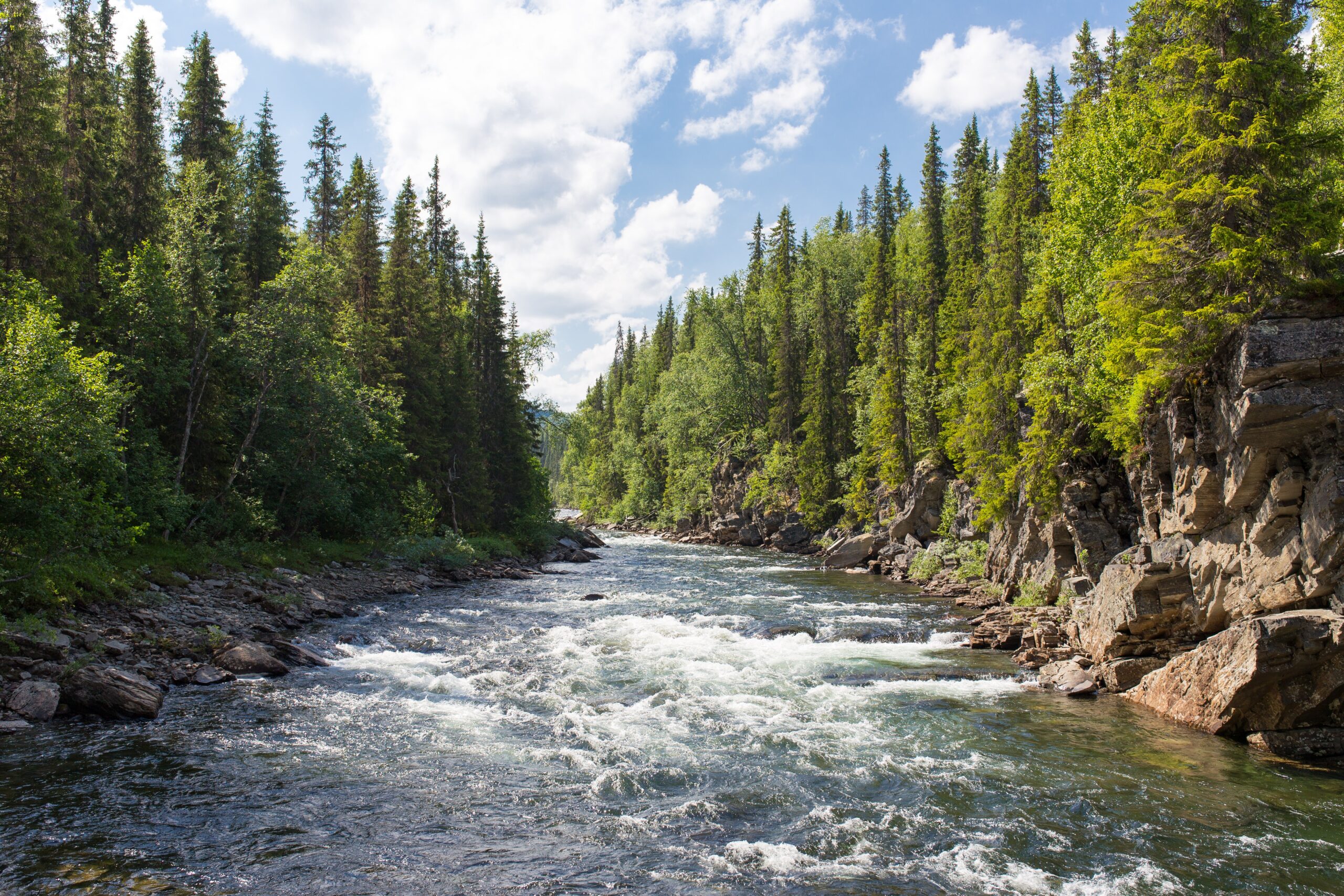The federal Clean Water Act is a notoriously complex statute, imposing federal permitting on a wide variety of land uses, industrial activity, and conservation projects based on turbid regulatory standards. For decades, the Environmental Protection Agency and Army Corps of Engineers, which jointly administer the law, have tried to bring a modicum of clarity by issuing “nationwide permits“—a suite of boilerplate permits authorizing anyone to engage in certain, common activities subject to conditions to mitigate the impacts of those activities. In April, a federal court upended this regime, holding that the most recent issuance of nationwide permits violated the Endangered Species Act. Last month, the Supreme Court intervened to limit the effect of the lower court’s decision, an early indication that the case has drawn the Justices’ interest.
Nationwide permits are a rare example of a bipartisan reform of environmental regulation. Dating back to the 1970s, they have recently been expanded and reissued by Presidents Clinton, Bush, and Obama. They cover activities as varied as installing an oil derrick on the outer continental shelf, growing cranberries, stabilizing stream banks, and restoring fish and wildlife habitat. Because these permits are only intended to address Clean Water Act requirements, they do not approve any activity that “may affect” an endangered species or its habitat, which triggers additional requirements under the Endangered Species Act.
So why would a court upend this regime? One of the nationwide permits was relied on by the company constructing the Keystone XL pipeline. Rather than decide the case on narrow grounds limited to the pipeline, the court held generally that the nationwide permits could not be issued without first consulting with the National Marine Fisheries Service under the Endangered Species Act, notwithstanding the exclusion of any project that would implicate that law. The court invalidated the permit nationwide, which the Supreme Court has reversed pending appeal.
Since the exclusion of any activities that may affect listed species applies to all nationwide permits, the decision could have repercussions for every activity that has been carried out or would be carried out under any of them. Consultation can take years and require significant resources from multiple agencies.
In the meantime, anyone who requires a Clean Water Act permit would have to obtain a more costly and time-consuming individual permit. Five years ago, in Army Corps of Engineers v. Hawkes Co., the Supreme Court emphasized the high cost of such permits.
The costs of obtaining such a permit are significant. For a specialized “individual” permit of the sort at issue in this case, for example, one study found that the average applicant “spends 788 days and $271,596 in completing the process,” without “counting costs of mitigation or design changes.”
Although many environmentalists cheer the decision for obstructing a controversial pipeline, the overall environmental impact is less than clear. New projects often replace older, more harmful ones. Therefore, substantially increasing the costs of permitting could extend the life of outmoded pipelines, flood control projects, and industrial pollution sources at the expense of technologically advanced replacements.
If the decision is upheld and applied to all nationwide permits, it could also directly interfere with on-the-ground conservation. Because the Clean Water Act has been interpreted broadly to govern many headwater streams, wetlands, and other areas far removed from traditionally navigated waters, it can implicate a wide variety of watershed restoration, habitat conservation, and environmental cleanup projects. Many of these activies are governed by nationwide permits, making them much easier and less expensive to pursue. There are nationwide permits for fish and wildlife enhancement, bank stabilization, aquatic habitat improvements, pollution cleanup, and installation of living shoreline features.
If each of these projects must instead go through the more difficult individual permitting process, it would significantly tax the ability of local governments, landowners, and conservationists to undertake them. How many such projects have the backing necessary to cover hundreds of thousands of dollars to navigate red tape and to persist through years of delay?
Fortunately, the Supreme Court’s signal of its interest in the case provides some reason for optimism. The Court generally does not intervene when it thinks lower courts decided a case correctly. Instead, it reverses between 60 and 70% of the cases it grants. By narrowing the lower court’s decision before the case even reaches the Supreme Court, the Justices have sent an important signal to the Ninth Circuit to proceed with caution.




